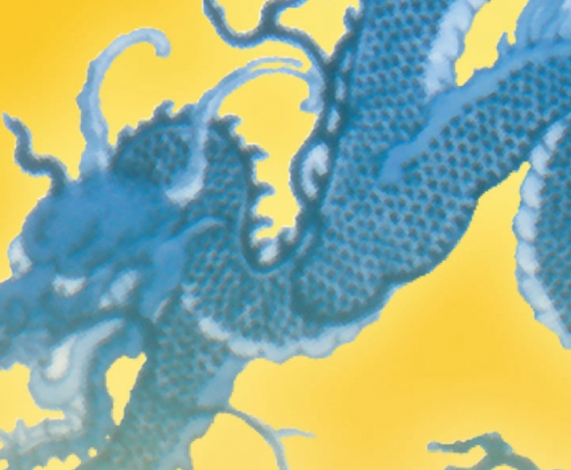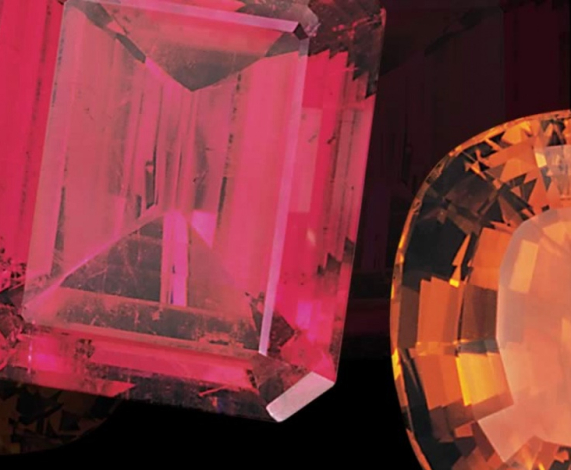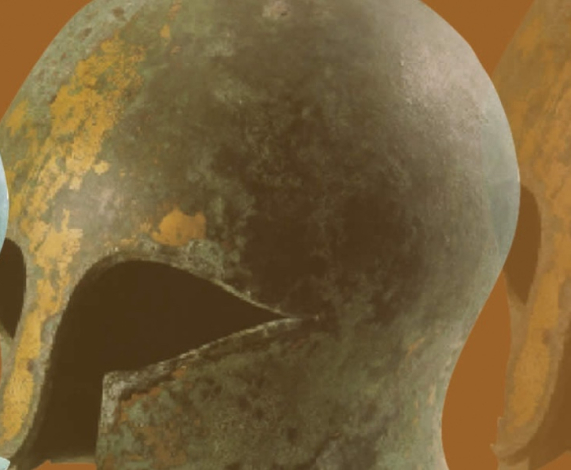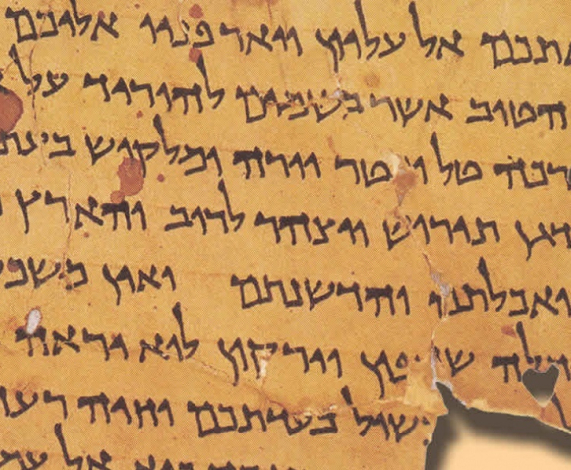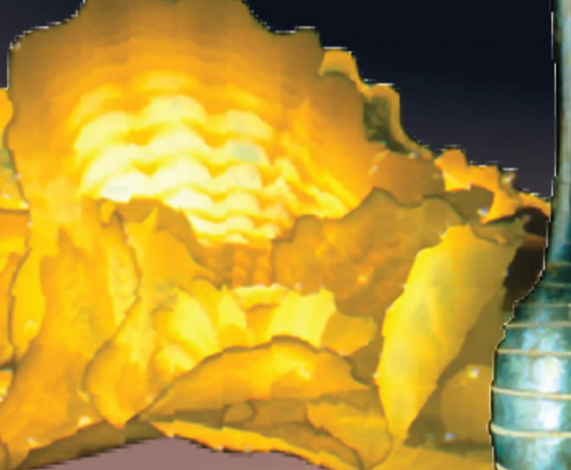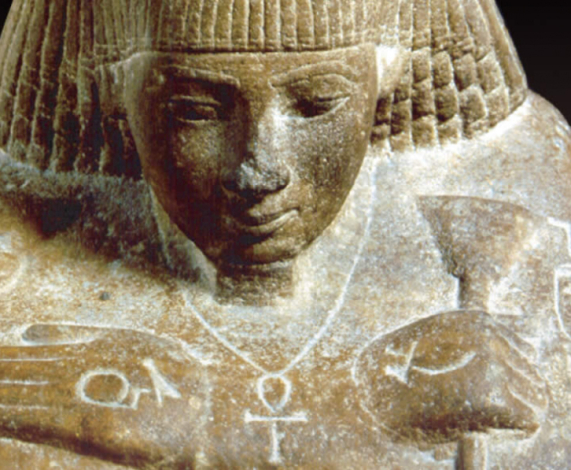Past Exhibitons
Enter the great tombs and temples of the powerful, and the cunning men and women who ruled imperial China. ''Warriors, Tombs and Temples: China's Enduring Legacy'' is a landmark exhibition drawn from China's most important archaeological excavations assembled in cooperation with seven leading Chinese institutions.

Follow this exhibition through the underworld empires of three of the most formative dynasties in Chinese history: the Qin, the Han and the Tang, each a high point of culture and technology, looked back to with pride by Chinese people and admired by others today. The treasures that accompanied China's rulers and elites in the afterlife, and the spectacular gold and silver offerings placed in their temples, speak to the incredible accomplishments of an ancient culture whose descendants still live on today.
The exhibition features the famous life-size terra cotta warriors, protector of China's first emperor Qin Shihuangdi, whose mausoleum complex is considered the eighth wonder of the world. Newly excavated, the painted garments and armor are clearly visible thanks to new conservation techniques. Smaller in scale but equally impressive are some of the more than 40,000 smiling terra cotta warriors from the imperial tomb compounds of Han emperors Gaozu and Jingdi. They are presented in combination with concubines, animals and a multitude of objects that insured a lavish and comfortable afterlife.
The royal and elite tombs from the Tang Dynasty were stocked with riches clearly tied to the trade of exotic goods along the Silk Road. Dazzling gold ornaments, tomb guardians, a mural depicting a game of polo and many other luxuries illustrate the taste of Tang elites and the era's connection with the West. And, for the first time in the United States, come gold, silver and gemstone treasures deposited into the treasure-crypt of the Famen Monastery by six Tang Dynasty emperors and China's only female emperor Wu Zhao. This important Buddhist site, sealed in 874 of the Tang Dynasty and rediscovered in 1987, was founded with the fragment of the historical Buddha's finger bone. The reliquaries associated with the sacred relic are part of this exhibition.

